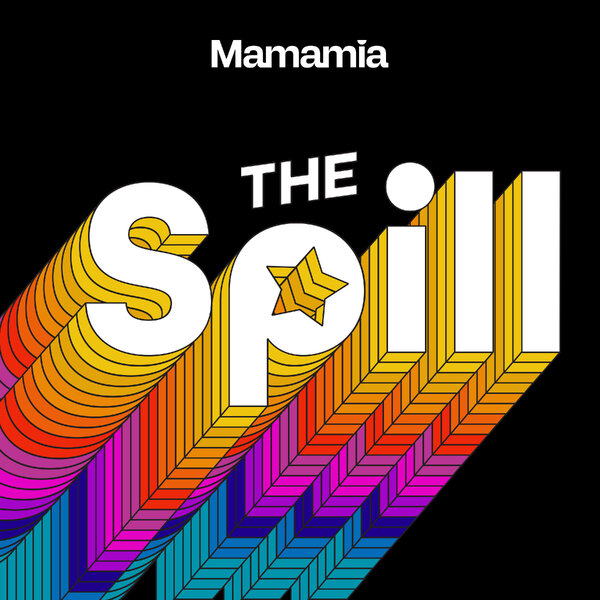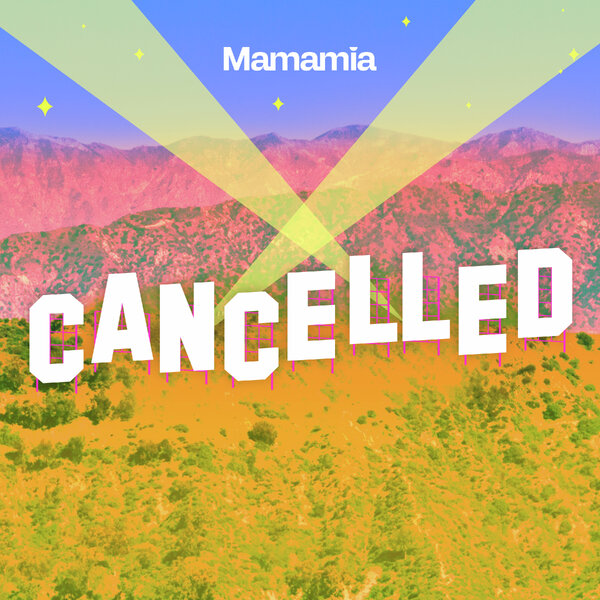This time last year, Taylor Swift was falling from a pinnacle of fame and adoration. Fast. Hard.
The former teen sweetheart had broken up with her boyfriend of a year – DJ Calvin Harris – in a rather unceremonious fashion, one month after being filmed dancing with actor Tom Hiddleston at the Met Gala.
There were nasty tweets. Deleted Instagram posts. Beach-side kissing paparazzi shots. ‘I heart Taylor’ T-shirts. Italian holidays. A trip to Australia. Break up songs. F-you songs.
Then, of course, Kim and Kanye Kardashian West stepped onto the set of Swift’s downfall armed with fuel and matches. The world’s brightest star was a liar, they said, sharing a video of Swift on the phone with rapper West, approving the lyrics to Famous – the very lyrics she not only publicly claimed she had no idea about but were offensive and anti-feminist.
The 27-year-old’s US$280 million (AU$354 million) empire, a skyscraper of catchy pop tunes, cats and perfectly winged eyeliner didn’t stand so tall anymore.
Her strongest fans, an army of passionate and die-hard teenage girls, were clutching on. With a backdrop of Trump v Clinton, of ‘Grab her by the pussy’ v ‘Girl power’, Swift was still their hero. She spoke for them. She was them.
But the situation grew dire. Trump had won. The future was murky. The President was, well, a misogynist. And young girls wanted – no, needed – her more than ever.
While Swift’s “enemy” Katy Perry marched and campaigned and stood tall for the women and girls, while her chief competition in Rihanna defended abortion rights and defiantly identified as pro-choice, while Miley Cyrus wore head-to-toe pink on national television, Swift did not. Why was she not at the rallies? Why was she not publicly supporting women? Why was she so… quiet?






























































































